- +1 204-898-8510
- immigration@mesidor.ca
- 201-575 St. Mary's Rd, Winnipeg, MB R2M 3L6 Canada
- Home
- Canada's New Home Care Worker Immigration Pilots: What You Need to Know
Canada’s New Home Care Worker Immigration Pilots: What You Need to Know
Canada's New Home Care Worker Immigration Pilots: What You Need to Know
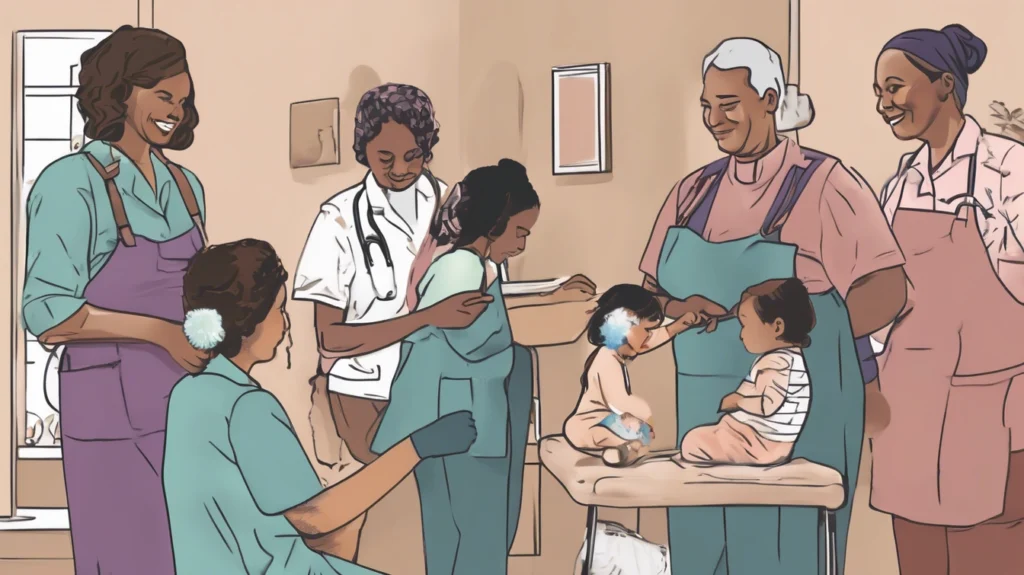
The Canadian government, through Immigration, Refugees and Citizenship Canada (IRCC), has announced significant changes to the immigration pathways for home care workers. As detailed in the Canada Gazette, Part I, Volume 159, Number 12, new Ministerial Instructions outline the framework for two pilot programs: the New Home Care Worker Immigration (Child Care) Class and the Home Care Worker Immigration (Home Support) Class. These programs, effective March 31, 2025, aim to address the growing need for in-home care services across Canada (except Quebec). Mesidor Immigration, as usual, brings you the latest.
Understanding the New Home Care Worker Pilot Programs
These new pilot programs replace previous initiatives and introduce a structured approach to accepting applications for permanent residence from eligible caregivers. The core objective is to streamline the process, making it more predictable and efficient for both applicants and the government.
Key Features of the Programs
Each program will have an annual intake cap. For the year beginning March 31, 2025, and ending on March 30, 2026, both the Child Care and Home Support classes will accept 2,610 applications each. This number increases to 2,750 for the subsequent year. The majority of these applications will be processed online (Stream A), with a smaller allocation for applications submitted through alternative means.
Stream A vs. Stream B
Within each class (Child Care and Home Support), there are two streams:
- Stream A: This stream is for applicants who already reside in Canada and are authorized to work full-time in a non-seasonal capacity. They must also meet specific language, education, and work experience or training requirements.
- Stream B: This stream caters to applicants who do not meet the Stream A criteria, typically those applying from outside Canada. They must also fulfill language, education, and work experience or training requirements, along with having a genuine job offer and demonstrating sufficient settlement funds.
Home Care Worker (Child Care) Class: Specific Requirements
This class focuses on individuals providing childcare services, corresponding to National Occupational Classification (NOC) unit group 44100 (excluding foster parents) or unit group 42202 (excluding early childhood educators and their assistants).
Applicants must demonstrate language proficiency at Canadian Language Benchmark (CLB) level 4 or higher. They need either a Canadian educational credential or a foreign equivalent (assessed within the last five years). Work experience must be at least six months of full-time work in an eligible occupation within the three years preceding the application. Alternatively, applicants can qualify through specific training programs completed within the last two years.
Home Care Worker (Home Support) Class: Specific Requirements
This class targets individuals providing home support services, corresponding to NOC unit groups 33102 or 44101. The language, education, and work experience/training requirements are similar to the Child Care class, with the key difference being the eligible occupations.
The Importance of a Genuine Job Offer
A crucial element for both classes, particularly for Stream B applicants, is a genuine job offer from a Canadian employer. This offer must be for full-time, indeterminate work outside Quebec. The employer must be a private household or a business that directly hires and manages the employee. The wage offered must meet or exceed the prevailing wage rate for the occupation and province. IRCC will scrutinize job offers to ensure they meet these criteria and reflect genuine employment needs. For more information on finding jobs in Canada, you can explore resources like the Job Bank.
Application Process and Deadlines
The Ministerial Instructions specify that applications will be counted towards the annual limits regardless of whether they initially meet all completeness requirements (as per section 10 of the Immigration and Refugee Protection Regulations). However, only complete applications will be processed. Applications received after the annual cap is reached will be returned. These Instructions are in effect from March 31, 2025, to March 30, 2030.
Settlement Funds Stream B applicants are required to demonstrate that they possess sufficient funds to support themselves and their family members upon arrival in Canada. This requirement is designed to ensure a smooth transition and integration into Canadian society.
These new Home Care Worker programs represent a significant opportunity for caregivers seeking permanent residence in Canada. Understanding the specific requirements and preparing a thorough application is crucial for success.
Are you a home care worker considering immigration to Canada, or do you know someone who is? Mesidor Immigration can help you navigate these new programs and assess your eligibility. Contact Us for Your Immigration Eligibility Assessment – Mesidor Immigration.
Sharing is caring.
Share this information within your social circles.
Contact Us

Phone/WhatsApp: 204-898-8510
Email: im*********@*****or.ca
Address: 201-575 St. Mary’s Road, Winnipeg, MB, R2M 3L6
Search the Site
Recent Immigration News Posts
- Ontario and Saskatchewan Boost Immigration Opportunities Despite New Refugee Policy Limits

- The Strong Borders Act: What Immigrants and Asylum Seekers Need to Know
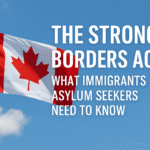
- A Wave of Canadian Immigration Changes: What You Need to Know in June 2025

- PSTQ Québec 2025 : Votre Guide Essentiel du Programme de Sélection des Travailleurs Qualifiés
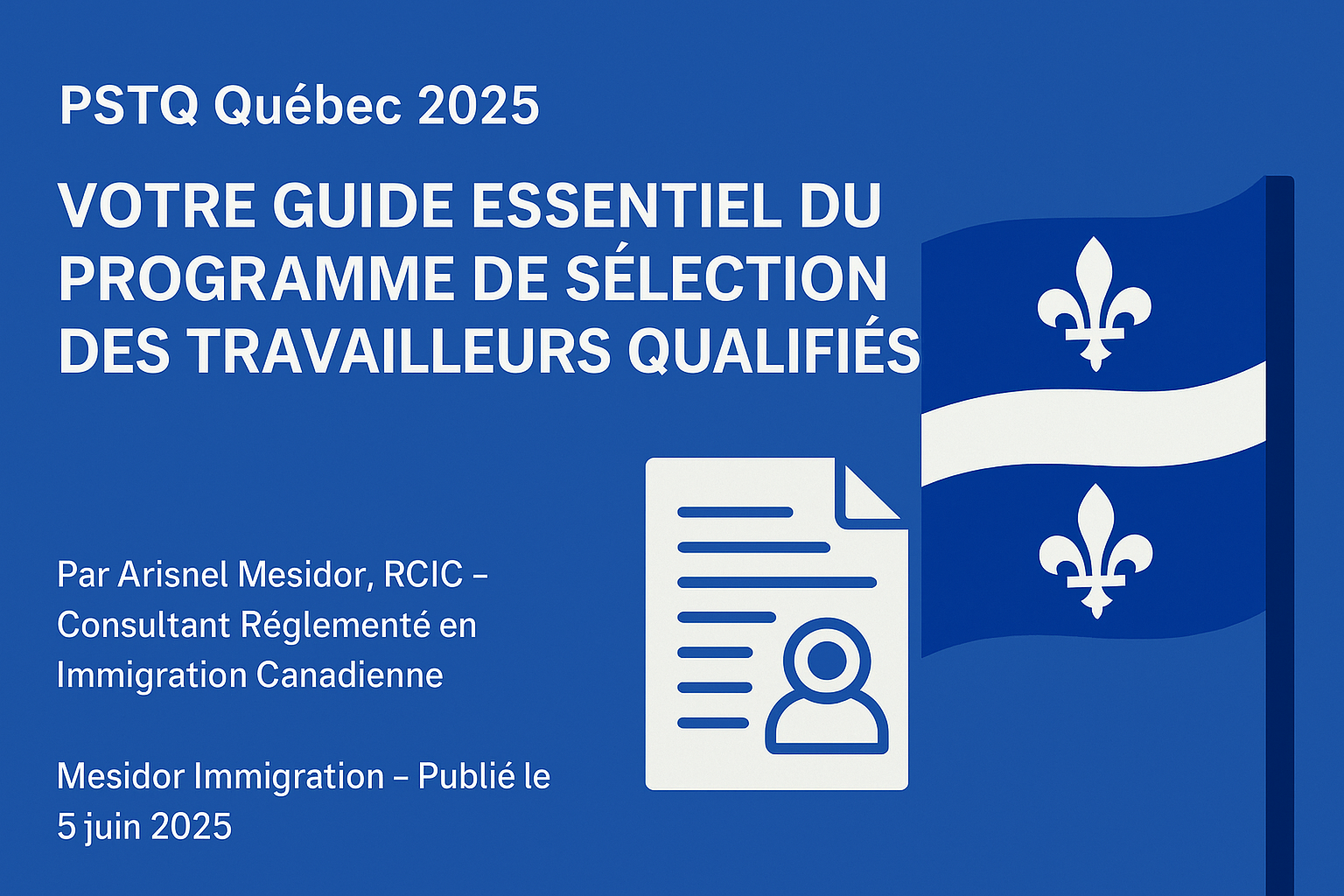
- June 5, 2025: Urgent! 4 Key Canadian Immigration Highlights & Updates

- Ontario Draws, Express Entry Buzz & New Asylum Rules – Your In-Depth Latest Canadian Immigration News for June 4, 2025

- Ontario Draws, Express Entry Buzz & New Asylum Rules – Your In-Depth Latest Canadian Immigration News for June 4, 2025.

- Navigating Express Entry, PNP Draws, Rural Pathways, and Economic Shifts for Aspiring Newcomers
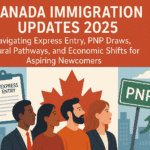
- Decoding the Shifting Canadian Immigration Landscape: 4 Crucial Updates You Need to Know!

- Decoding the Shifting Canadian Immigration Landscape: 4 Crucial Updates You Need to Know!

- Navigating the Shifting Landscape of Canadian Immigration: June 2, 2025 Update

- IEC Japanese Youth: Unlock Twice the Canadian Experience!

- Port of Entry Work Permit Changes: What You Need to Know

- Canada’s 2025-2027 Immigration Policy: Key Updates and Strategic Shifts

- Education-Targeted Express Entry Draw #344: Key Highlights
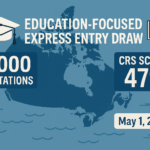

Recent Comments